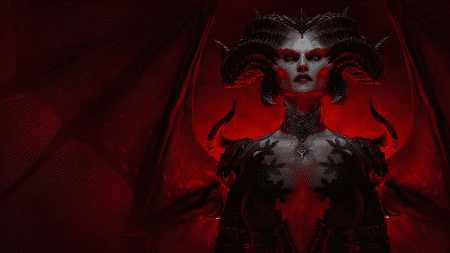Detailing the Inescapable Pull of The Last of Us Part II
Spoiler alert: This piece delves deep into the structure of The Last of Us Part II. While I’ll try to refrain from big plot points, other elements—locations, characters, backstories—are fair game. You’ve been warned!
Like countless others, I’ve spent the past week trudging through The Last of Us Part II’s post-apocalyptic Seattle. And I use the word “trudging” deliberately. For while Ellie’s quest for revenge is absolutely thrilling, it’s also harrowing, messy, and exhausting.
But I’d have it no other way. 14-year-old Ellie may have been upbeat and spunky, but 19-year-old Ellie is different. She’s angry, and rightly so. She’s callous toward the world and those who’ve made it a living hell for her. And she won’t rest until she rights every last wrong.
The Last of Us Part II lives and dies by its inescapable allure. And this is what kept me playing for hours on end, unable to let go.
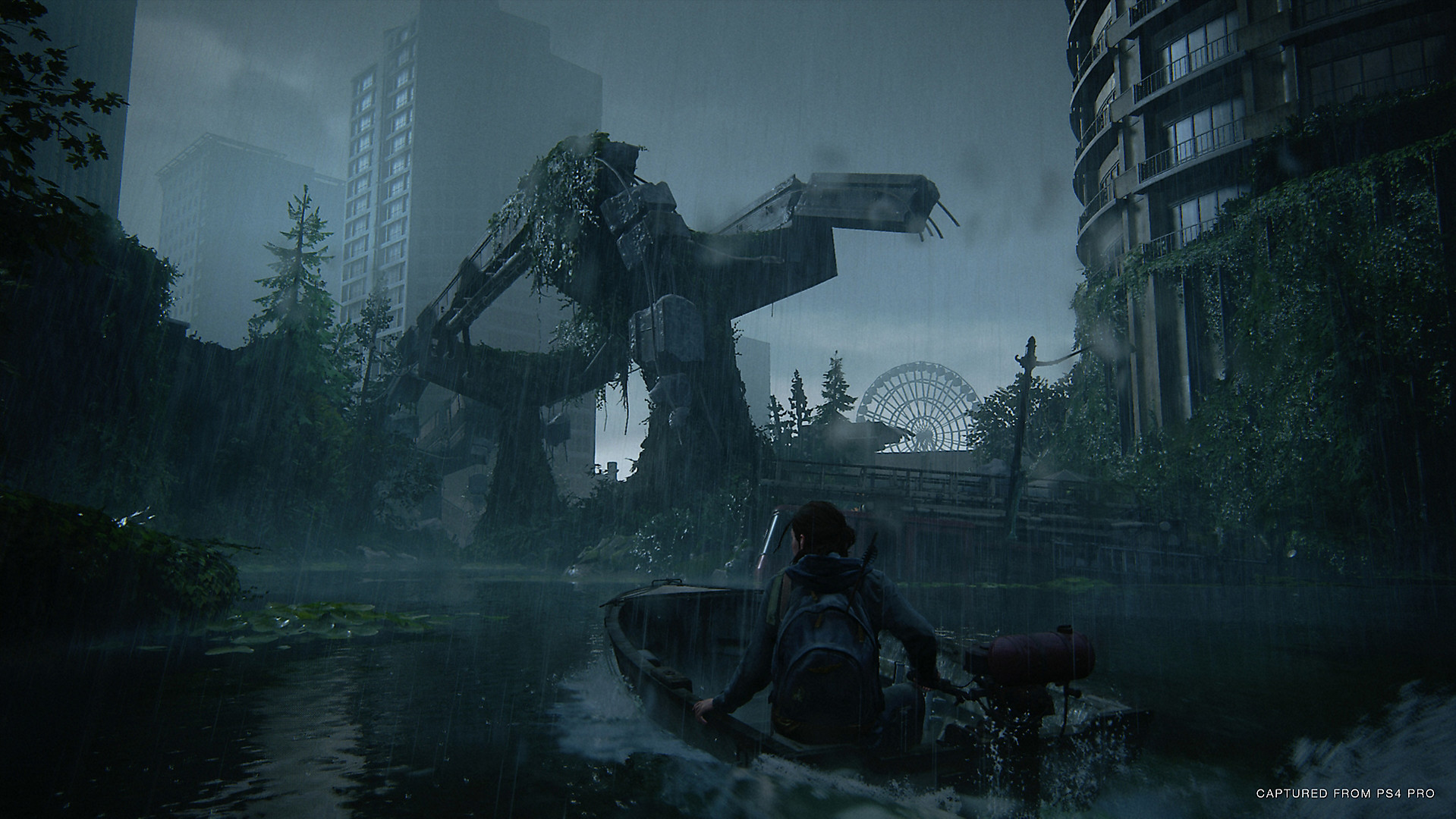
An Aching Heart
Ellie’s journey isn’t a walk in the park: It’s tense, dark, and violent. As I made my way through an overgrown Seattle, my heart throbbed. I felt the pain Ellie’s suffered, and I lamented the anguish she’d surely come to endure.
My heart also longed for the rare joys—like that beautiful rendition of “Take on Me.” Or the quiet beauty of Seattle’s dilapidated buildings, open skies, and empty streets.
Far more frequently, my heart raced. When I stumbled upon some clickers or stalkers, my hands clammed up. When a Seraphite impaled me with an arrow and whistled for backup, I clenched my teeth. And when Gustavo Santaolalla’s intimate music faded away, replaced by Mac Quayle’s pounding score, I gripped my controller for dear life.
These moments were commonplace in The Last of Us Part II. Most were grueling; some were even hard to stomach. But they always left an impact. So by the time I made it to the game’s midpoint, I found myself broken down, unable to process what had just transpired.
Yet TLOU II didn’t give me time to look back. The game was unrelenting. Like Ellie, my eyes were fixed on the present. And what mattered now was revenge.

In Their Shoes
That doesn’t mean I wouldn’t have time to reflect. If anything, The Last of Us Part II challenges the player to retrace and recontextualize the steps they’ve taken. Every bullet fired. Every person killed. It all added onto what had become a massive pile of guilt and grief.
Abby was the catalyst for it all. Through her, I found myself seeing the world of TLOU II in a new light. Once again, my heart began to ache, only in new ways. I began to question myself, these characters, and their motivations. As the lives of Ellie and Abby began to intertwine, I shuddered to think of the fallout. Would violence truly beget violence?
I’d have plenty of time to chew on that thought. Not only is The Last of Us Part II developer Naughty Dog’s most ambitious video game; it’s also its longest. And that meant I was strapped into the driver’s seat for the long haul.
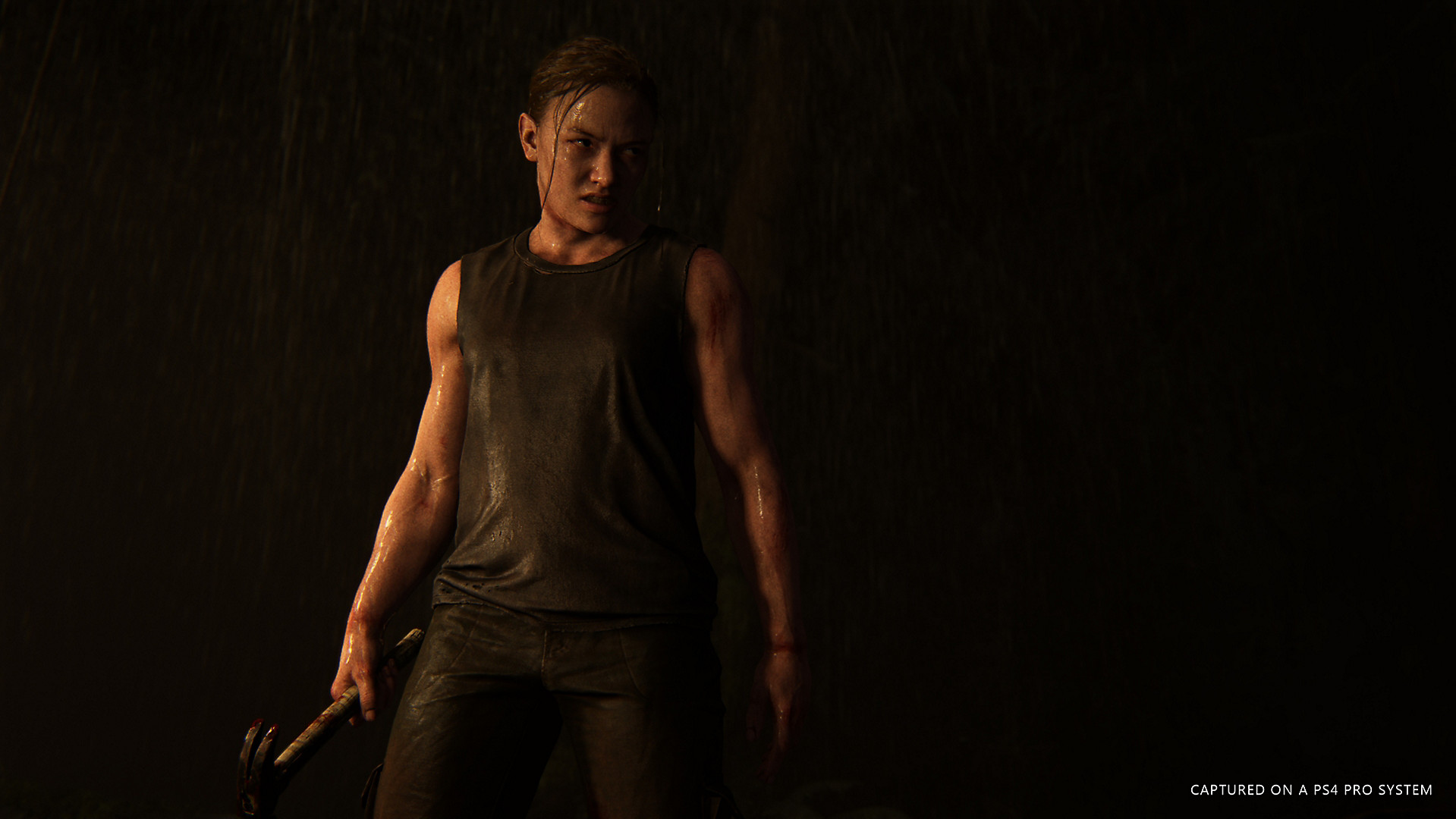
Wading into Darkness
Abby’s narrative was oddly compelling. Despite being a newcomer to a series so heavily reliant on intricate, character-based storytelling, she pulled me in. And yet—oddly—the gravity of that pull had far less to do with who Abby was, and far more to do with what she endured.
“Ludonarrative dissonance” is a term frequently used to describe Naughty Dog’s games. When Nathan Drake kills hundreds of soldiers one day and plays Crash Bandicoot the next, his character can ring somewhat hollow.
The events that befall Abby are far more gruesome than any Uncharted game. In his review of TLOU II, Kotaku’s Riley MacLeod called the game a “misery simulator.” While I never found the game itself quite as dreary, I’d be lying if I said Abby’s path was anything but agonizing.
Loss stalked her at every turn. Family. Friends. Partners. If Ellie’s life was a living hell, then Abby was well within the ninth circle. As the hours went on, the flames I navigated grew bigger and hotter. Until they were, quite literally, upon me.
Much of this ruin was of Abby’s own making. But—again, to use that word “oddly”—I grew to care for her, despite it all. Even as I winced, again and again, at the violence before me, I couldn’t take my eyes away. If anything, I was an active contributor to the carnage.
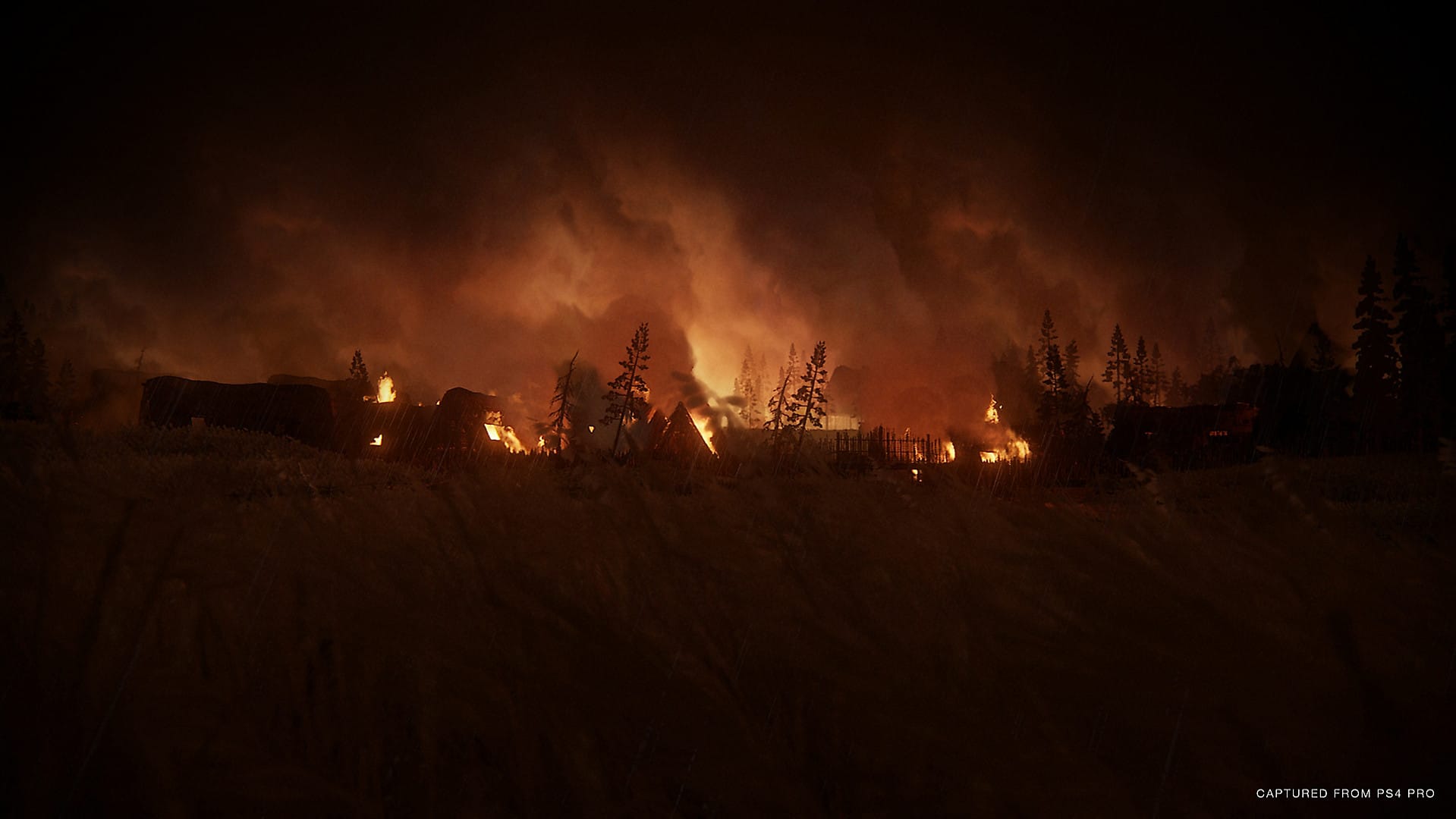
A Heavy Toll
And then, after going to hell and back, the timelines reconverged. As with Abby, I began to see Ellie through a new lens. The two clashed, and I was left feeling a cathartic sense of relief.
By then, I’d been playing The Last of Us Part II for just shy of 24 hours. The bulk of this playtime took place over the course of two days. And I’d paid a price: My eyes were strained, my legs were sore, and my mind was drained.
After setting aside the game to collect my thoughts, I returned later that day to tie up loose ends. Yet as I played through what looked like the game’s epilogue, an uneasiness grew. Despite the breathtaking, 4K sunset before me, I knew this peace was short-lived.
In that moment, I reconnected with Ellie. Like her, I was tired. I was ready for it all to end. But, deep down, we both knew it wasn’t over. She was haunted by her past, and I was addicted to the madness.
Ellie had to finish it, and so did I.
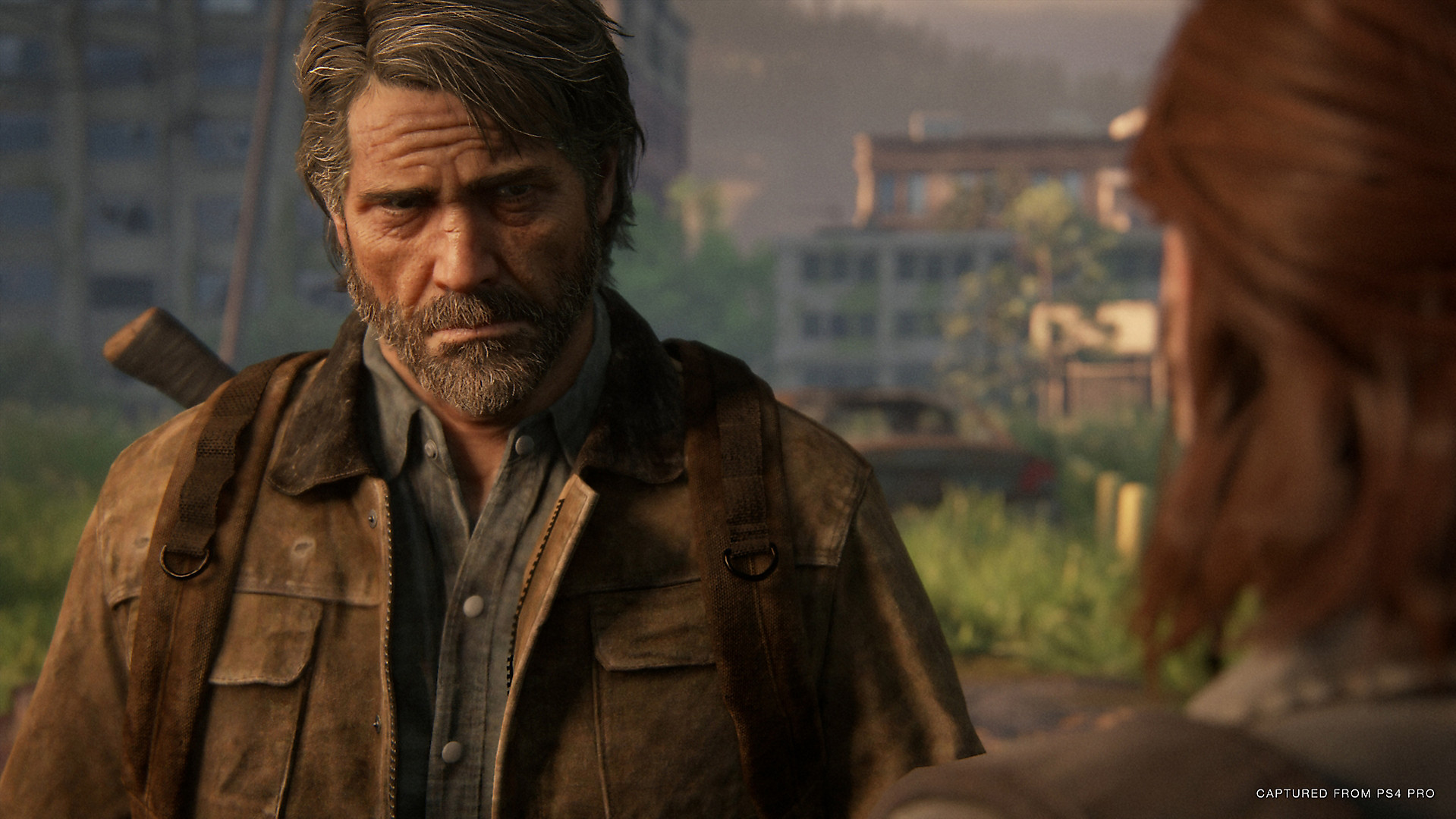
Every Last One
The last segment of The Last of Us Part II, which transitions to Santa Barbara, shouldn’t have existed. It’s one of my main criticisms of a game I largely loved.
In my head, the reasoning was sound: Ellie and Abby had suffered beyond imagination. Let there be solace, even if a Part III were to upend it. The game was already plenty long. Save them the heartbreak, and save me the headache.
But the more I reflect, the more I’ve come to appreciate those last, lingering hours. Both Ellie and Abby’s journeys were filled with bloodshed. The wounds these two had created would not easily heal. So it’s fitting that those final moments of play felt arduous and never-ending.
As I snuck through the sun-burnt grass of southern California, the clock ticked on. 25 hours. 26. Desensitized to the violence, I lined up headshots with little remorse. By then, the soldiers I faced were mere obstacles in the way of Ellie’s revenge—and the credit roll.
My sight blurred. A headache set in. I put the game down for the day, and rested the next.
Eventually, I beat it. My final time was 27 hours. I breathed a sigh of relief.
It was finally over. She finished it, and so had I.
The Last of Us Part II is hardly a perfect game. I’ve mentioned its pacing issues. Its story also stumbles in key areas, such as its portrayal of one key character.
At the same time, it’s a stirring experience—one that moved me in ways I never expected it to. I’ll certainly never forget it, and I doubt you will, either.
If that doesn’t warrant inclusion in the “games as art” discussion, I don’t know what will.
David is the founder of The Punished Backlog. He has a problem finishing games he starts.
Just beat: Donkey Kong Bananza.
Working on: Hollow Knight: Silksong.
Can't wait for: Metroid Prime 4: Beyond.
Follow David on Twitter at @David_Silbert to keep up to date with all things The Punished Backlog.









